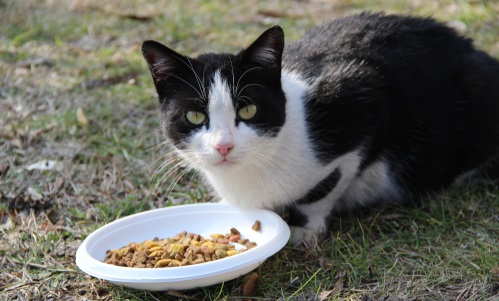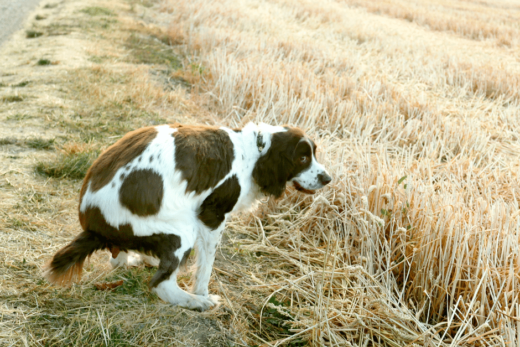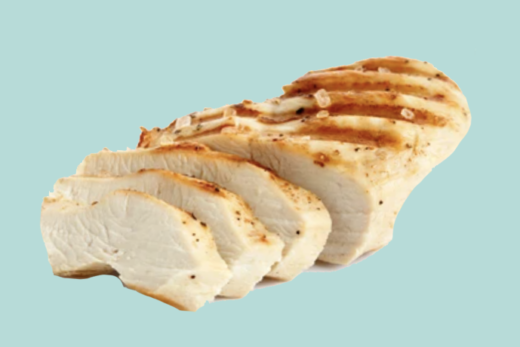Cat owners will do everything possible to keep their kitty companions satiated, and happy, and full.
But many cat owners, new and experienced, often wonder, “how much food exactly should I feed my cat?”
The truth is, there’s no exact answer that works for everyone. Just like humans, cats are complex and extremely unique creatures.
Some cats may grow fat with a small amount of food, while others may turn to skin and bones. And beyond this, even an individual cat’s needs will change. Because of this, it’s always important to monitor your cat’s diet throughout its life, changing course when necessary.
Read on to learn what to consider before deciding how much to feed your cat and some simple equations that you can use to make an estimate on how much to feed your cat.
What to Consider Before Deciding How Much to Feed Your Cat
Perhaps you’ve just brought a new cat home. If this is the case, you’ll want to keep him on a similar diet (and feeding schedule) to what he is used to.
One of the reasons for this is because when cats come into a new environment, they often experience some anxiety and stress. This is normal.
But keeping a set routine with how your cat is used to being fed will create a sense of normalcy and calm him down.
In addition, changing your cat’s food abruptly can give him an upset stomach and some of the problems that go along with that (use your imagination).
But when you’re ready to switch your cat over to a new diet, here are some things to consider.
The Specifics of Your Cat
As mentioned above, every cat is unique. This means every cat will require different amounts of food and the same cat will require that even on different days.
Laid out below is a list of the most obvious and most important things to consider when determining how much food to feed your cat:
- Your cat’s age: Most cat owners will know that a kitten requires much more food than an elderly cat. This is for the obvious reason that he is still growing. As cats age, they also become less active, meaning they burn fewer calories overall. So know that if you have a kitten you’ll be giving him a lot more food. You can read more about what to feed a kitten here.
- Your cat’s weight: This is another pretty obvious one. The more your cat weighs when at a healthy size, the more food he’ll need to consume on a day-to-day basis.
- Your cat’s body condition: Some cats are what you might call “meaty”. While others shop in the petite section. If your cat naturally holds more weight on their bones, he’ll probably need more food. Other cats, on the other hand, are naturally lean and muscular. As mentioned, every cat is unique, so spend some time getting to know your cat’s special makeup.
- Your cat’s energy level: Some cats love to lay around on the couch, while others chase everything from shadows to birds through the glass to flies that get through the screen door. Depending on which type of kitty you have, you’ll want to feed accordingly.
- Is your cat pregnant, nursing, or affected by health issues: Cats that are pregnant or nursing will obviously need more food. They’re eating for an additional three to five (sometimes up to ten or more) mouths. It’s also true that animals that are suffering from chronic, long-term or acute, short-term health problems could need dietary changes as well.
- Is your cat an outdoor cat? Because outdoor cats have more room to roam and are likely to catch their own food during the warmer months, you should think of putting outdoor cats on a more of a seasonal diet. For example, just like cows who go out to pasture and graze grass when warm enough, your cat will likely spend time catching pests and finding his own food. Just like farmers switch to hay when winter hits and it gets too cold for the cows to go out to pasture, you may want to give your adventurous kitty some extra calories to keep the meat (and warmth) on his bones.
But there’s more to consider than just the specifics of your cat. You also need to consider what you’re feeding your cat and when.
What Type of Food are You Feeding Your Cat?
For some pet owners, knowing every ingredient that goes into the food they’re feeding their cat is of the utmost importance.
For others, they may just get what’s on sale or the one with the cutest kitty on the cover. If the latter is you, this is a really good time to go look at your cat’s food. Once armed with this knowledge, will you become more aware of how much to feed your cat.
 Experts agree that the majority of a cat’s diet should be made up of flesh-based protein. This consists of things like beef, fish, and poultry.
Experts agree that the majority of a cat’s diet should be made up of flesh-based protein. This consists of things like beef, fish, and poultry.
Many cat owners love the ease and affordability of dry cat food. But, a lot of dry food isn’t the best option. For example, dry food high in plant protein and carbohydrates could pose problems to your cat. Talk to your vet for more information.
Other than dry food, many cat owners like wet food. It’s still easy, and cats love it. Wet foods should again consist mostly of flesh-based protein, and contain minimum by-products (read: if you can’t pronounce the name, it’s probably something to stay away from).
Lastly, some cat owners will make their own food at home from raw meats and other ingredients. We recommend doing your research and talking to your vet before deciding what type of food to give your cat.





